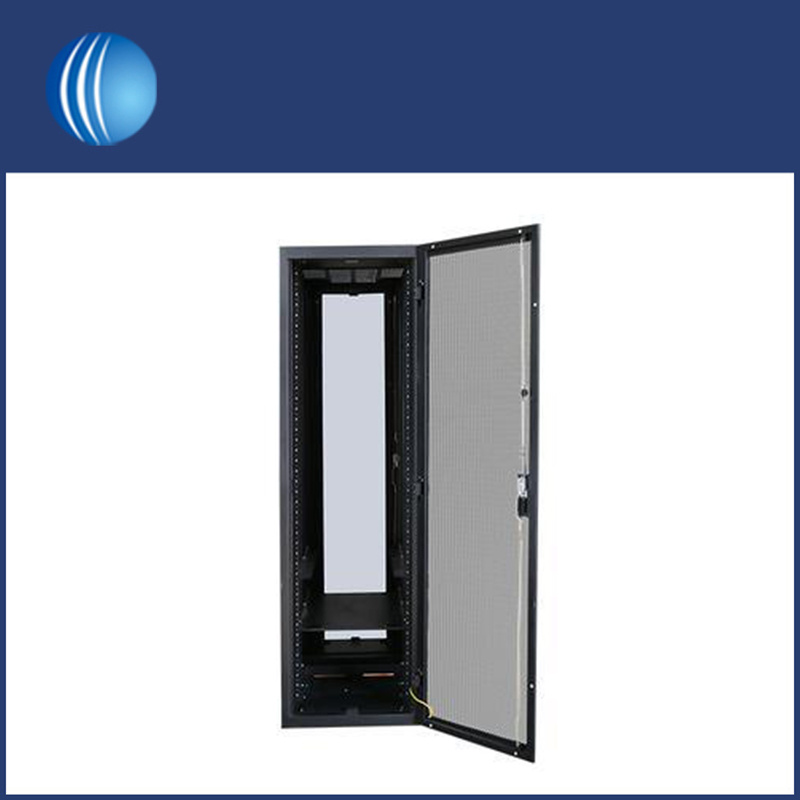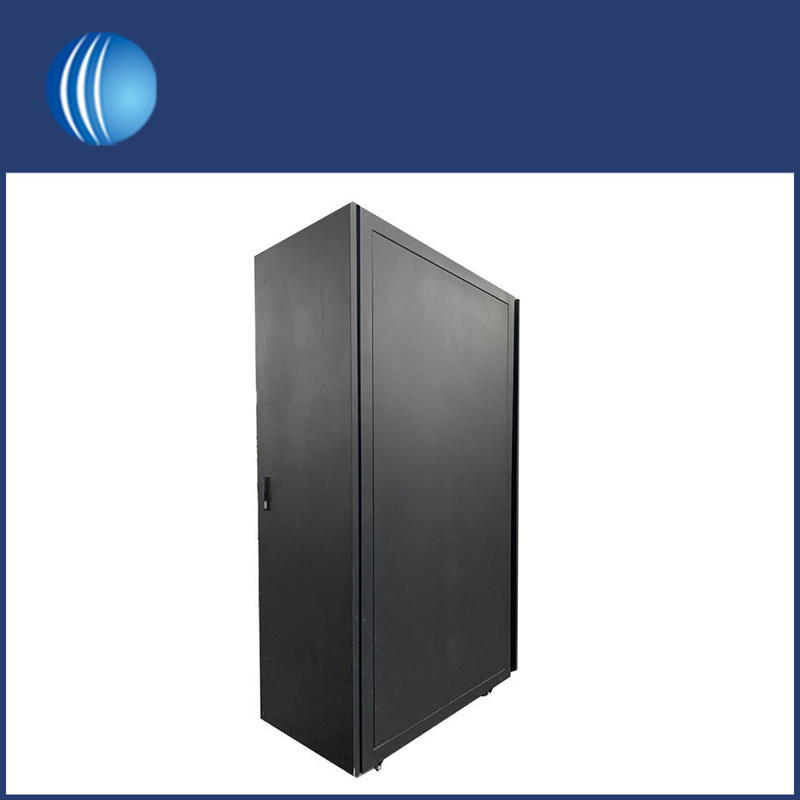
Deep server racks offer several advantages for data centers and IT environments that require accommodating larger or deeper equipment.SKYT®'s products are suitable for different environments and conditions, and can meet various complex electrical distribution and control needs.
A deep server rack, often referred to as a "deep rack" or "deep server cabinet," is a type of equipment used to house and organize servers, networking hardware, and other IT equipment in data centers or server rooms. The term "deep" in this context usually refers to the depth of the rack, indicating that it has more space available for accommodating larger or deeper server equipment.
Here are some key features and considerations related to deep server racks:
Size and Depth: A deep server rack typically has greater depth compared to standard server racks, allowing it to accommodate servers and equipment that have greater physical depth. Standard server racks are usually around 36 inches (91 cm) in depth, while deep server racks can range from 42 inches (107 cm) and beyond.
Equipment Compatibility: Deep server racks are ideal for hosting larger servers, blade enclosures, storage arrays, and other equipment that require more space. This can be especially useful for high-performance computing applications, virtualization clusters, and storage-intensive setups.

Airflow and Cooling: Due to the larger size and potential density of equipment in deep server racks, airflow management and cooling become crucial. Proper cable management, strategic placement of equipment, and effective cooling solutions are essential to prevent overheating and ensure efficient operation.
Rack Unit (U) Measurement: Server racks are typically measured in rack units (U), where one rack unit is equal to 1.75 inches (44.45 mm) in height. Deep server racks come in various heights, such as 42U, 45U, or even taller. The U measurement helps in determining how much equipment can be accommodated vertically within the rack.
Cable Management: With the potential for more equipment and cables in a deep server rack, effective cable management is vital. Proper cable routing and organization help maintain a tidy and easily serviceable environment.
Security and Access Control: Deep server racks often come with locking mechanisms to ensure physical security of the equipment stored inside. Access control systems and biometric authentication may also be integrated for added security.
Mounting Options: Deep server racks can support various types of equipment mounting, such as front and rear mounting rails. These rails provide flexibility in installing servers and other hardware.

Design and Construction: The construction of deep server racks focuses on durability, stability, and weight-bearing capacity. The racks are typically made from high-quality materials like steel and can be equipped with features such as adjustable mounting rails and perforated doors for airflow.
Rack Mobility: Some deep server racks are designed with wheels or casters for ease of mobility, allowing data center administrators to move the racks for maintenance or reconfiguration purposes.
When considering a deep server rack for your data center or server room, it's essential to evaluate your equipment's dimensions, cooling requirements, and scalability needs. Choosing the right rack size and features can help optimize space, facilitate maintenance, and ensure the reliable operation of your IT infrastructure.